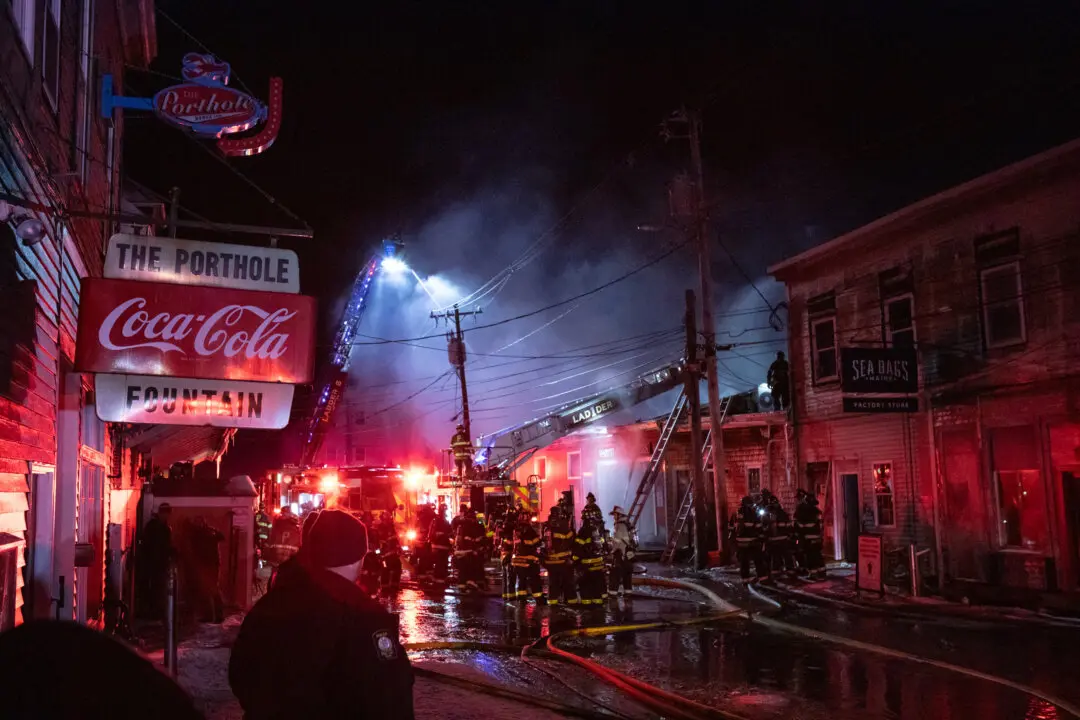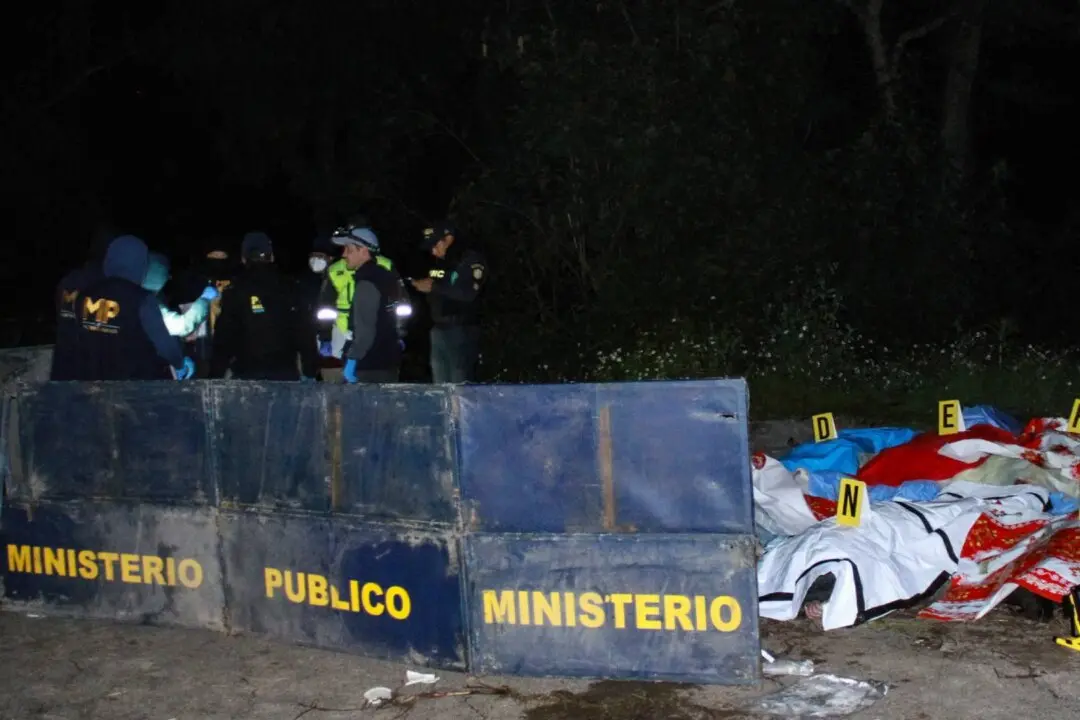Russian President Vladimir Putin disclosed on July 4 for the first time that a secret military submarine hit by a fatal fire three days ago was nuclear-powered, prompting the defense minister to assure him its reactor had been safely contained.
Putin revealed that the submarine had been nuclear-powered by asking Defence Minister Sergei Shoigu during a Kremlin meeting about the reactor’s condition after the fire.





